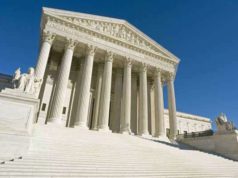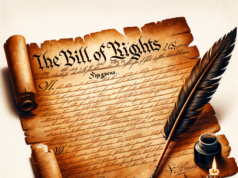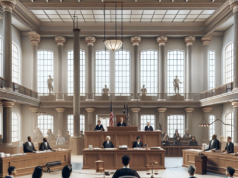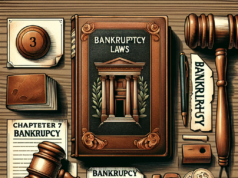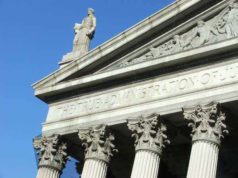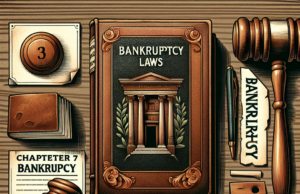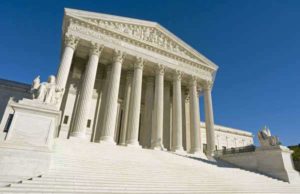
The United States Bankruptcy Court is designed specifically to address cases of personal and corporate bankruptcy. Bankruptcy laws and regulations are outlined in Chapter 7, 11, and 13 of the Federal Bankruptcy Code. Bankruptcy cases fall under the jurisdiction of Federal courts. As a result, these cases are not permitted to be taken to State courts.
When an individual is no longer able to pay his/her debts, he/she can choose to file for bankruptcy in a U.S. Bankruptcy Court. This is a serious decision that should not be taken lightly and should not be pursued unless all other options have been exhausted.
Though filing for bankruptcy in a bankruptcy court can help an individual to alleviate his/her debt, it will also cause him/her to acquire poor credit. This inadequate credit history will follow him/her for a number of years. This can prohibit him/her from acquiring a loan, and in some instances, even employment. In the event that an individual has no other available options, he/she must visit a U.S. Bankruptcy Court.
When an individual wishes to file for bankruptcy, he/she must complete necessary paperwork and file this petition with the bankruptcy court in his/her jurisdiction. The court will then inform the petitioner's creditors that he/she has filed for bankruptcy and the creditors will be required to stop contacting the petitioner for payment purposes. Contact a bankruptcy lawyer to review your case.
Collection will be frozen while the case proceeds. The bankruptcy court will review all of the necessary documents, and if any dispute occurs, this will be addressed by the court.


